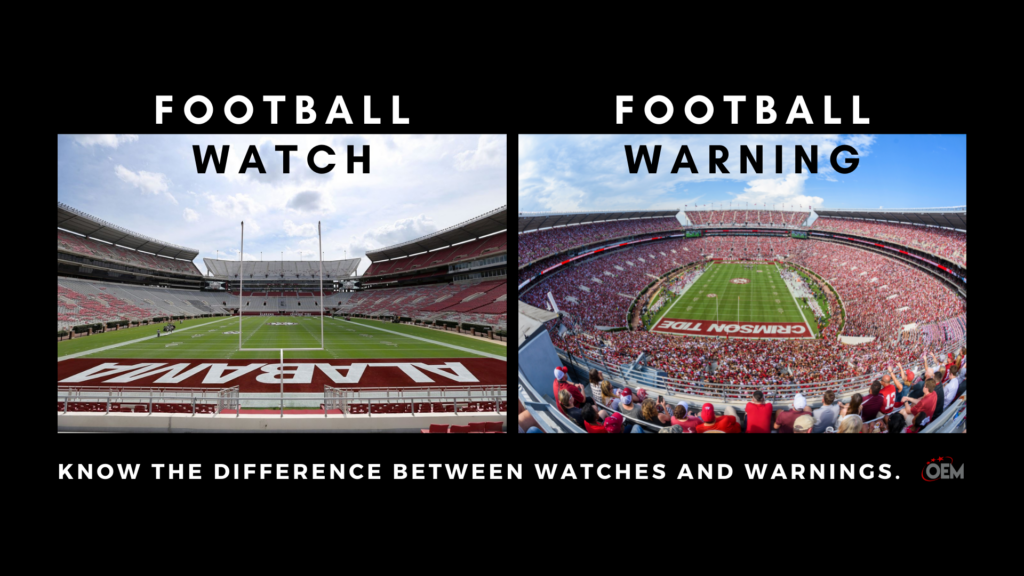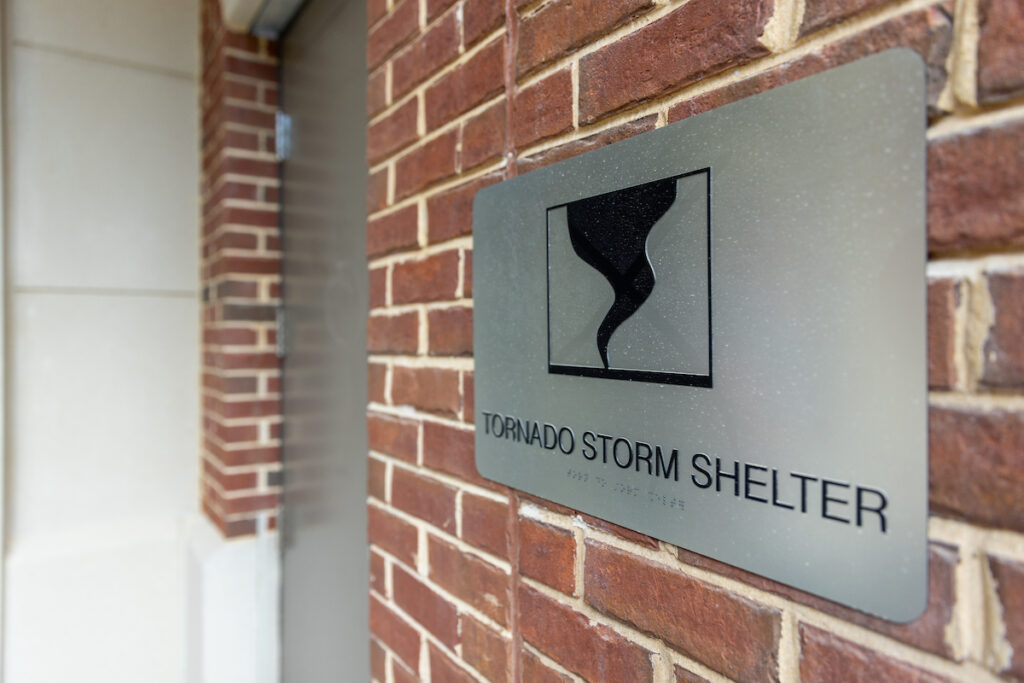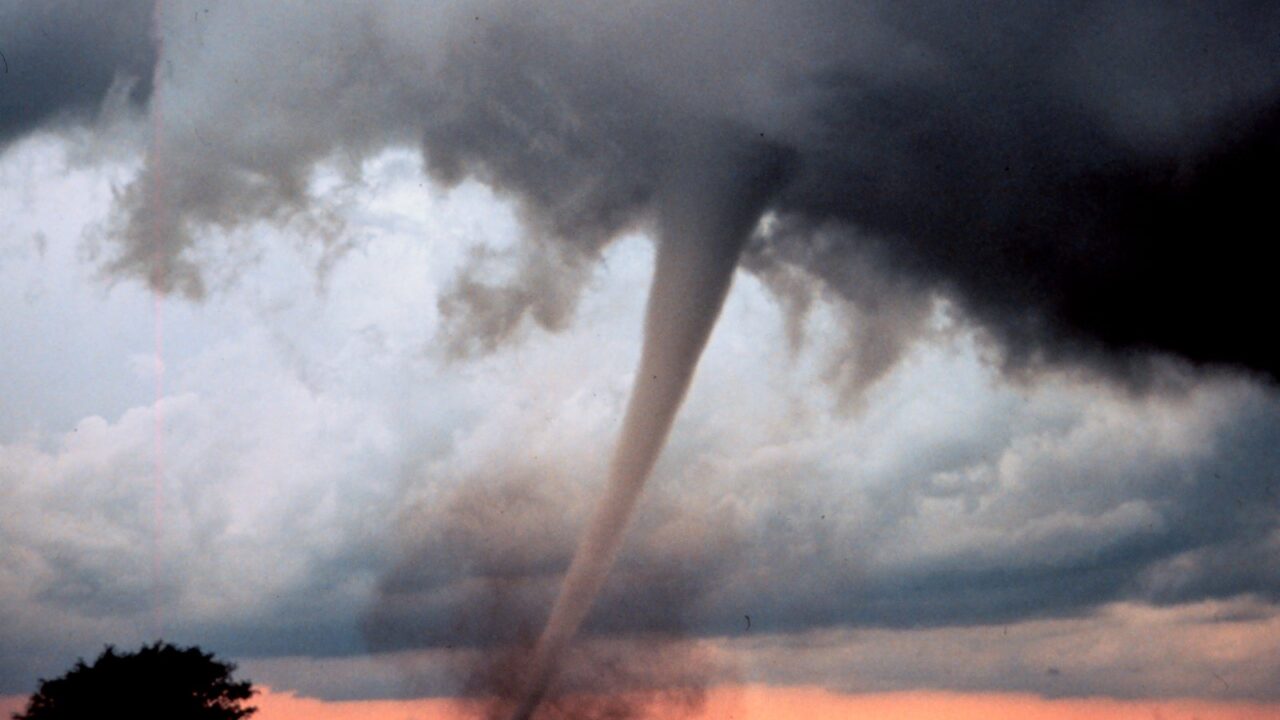Severe Weather Awareness Week in Alabama is Feb. 5-9. Throughout the week, the University will share information that you can use to help you stay safe when severe weather strikes.
#DYK: In the ten years between 2013 and 2022, Alabama experienced almost 60 tornadoes per year.
Tornadoes are common in Alabama. They can happen in any month of the year with April, March and November seeing the most tornadoes in the past 50 years with 575, 400 and 292 respectively. They can also happen at any time of the day or night with the most occurring during the afternoon hours.
Tuscaloosa is no stranger to tornadoes. From 1950 to 2022, the county experienced 90 tornadoes with the most devastating happening on April 27, 2011.
While tornadoes are capable of destroying well-made buildings, uprooting trees and hurling large objects through the air like deadly missiles, you can minimize your chance of being injured and increase your chance of survival by following a few simple tips.
Before a Tornado
When conditions are right for the formation of tornadoes, the nation’s Storm Prediction Center will issue a Tornado Watch.
Think of a Tornado Watch like an early Saturday morning in the fall at Bryant-Denny Stadium. The crews have prepared the stadium, the concession stands have been stocked, the security team is ready to open the gates, and the fans are ready to get in. All the ingredients are there for a football game, but we don’t have a game yet. The team is just getting prepared.

A Tornado Warning is issued by the local National Weather Service office when a tornado has been sighted or indicated on weather radar. When a Tornado Warning is issued, it means there’s immediate danger to life and property and you should take action.
Going back to the analogy, when the fans have filled their seats, the pre-game festivities have ended and the Crimson Tide is ready to kick off, that’s when we have a game. The team is ready to take action.
During a Tornado
When a Tornado Watch is issued, UA will open campus storm shelters and Best Available Refuge Areas. You should locate the nearest shelter and be prepared to move to safety if a Tornado Warning is issued.
If you are unable to get to a storm shelter when a warning is issued, BARAs have been identified in almost every campus building. The UA Safety app provides a list of all BARAs, as well as storm shelters. Pets can shelter with their owners in the Magnolia Parking Deck BARA.

If you live off campus, storm shelters are located throughout Tuscaloosa County. Visit the Tuscaloosa County EMA’s website to find a shelter near you.
If you can’t get to a shelter, go to an interior room on the lowest floor of a sturdy building and stay away from windows. If you live on an upper floor of an apartment complex, move to the lowest floor or underground level if available. Never stay in a mobile home or vehicle when a Tornado Warning is issued.
Stay in your shelter or safe space until the storm has passed.
After a Tornado
If a tornado strikes, let your family and close friends know that you’re OK. Use text messages or social media instead of trying to make a voice call as phone lines may be jammed or inoperable.
If you are on campus and see damage, report it to UAPD by calling 205-348-5454 or 911. If you live off campus, report any emergencies to local authorities. A list of emergency contacts is available in the UA Safety app.
Listen to 92.5 FM UA Info Radio, follow @UA_Safety on X, formerly known as Twitter, and Instagram, and watch for any UA Alerts that might be sent with information from the University if a tornado impacts campus.
